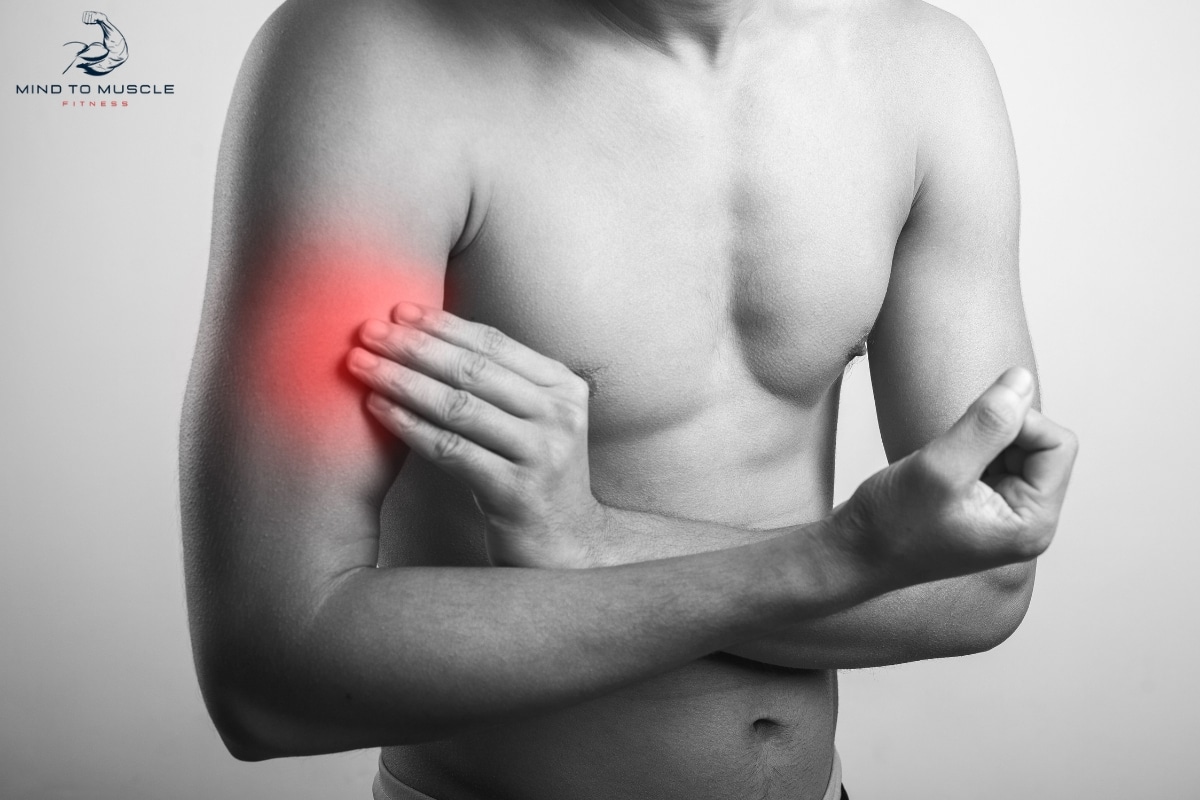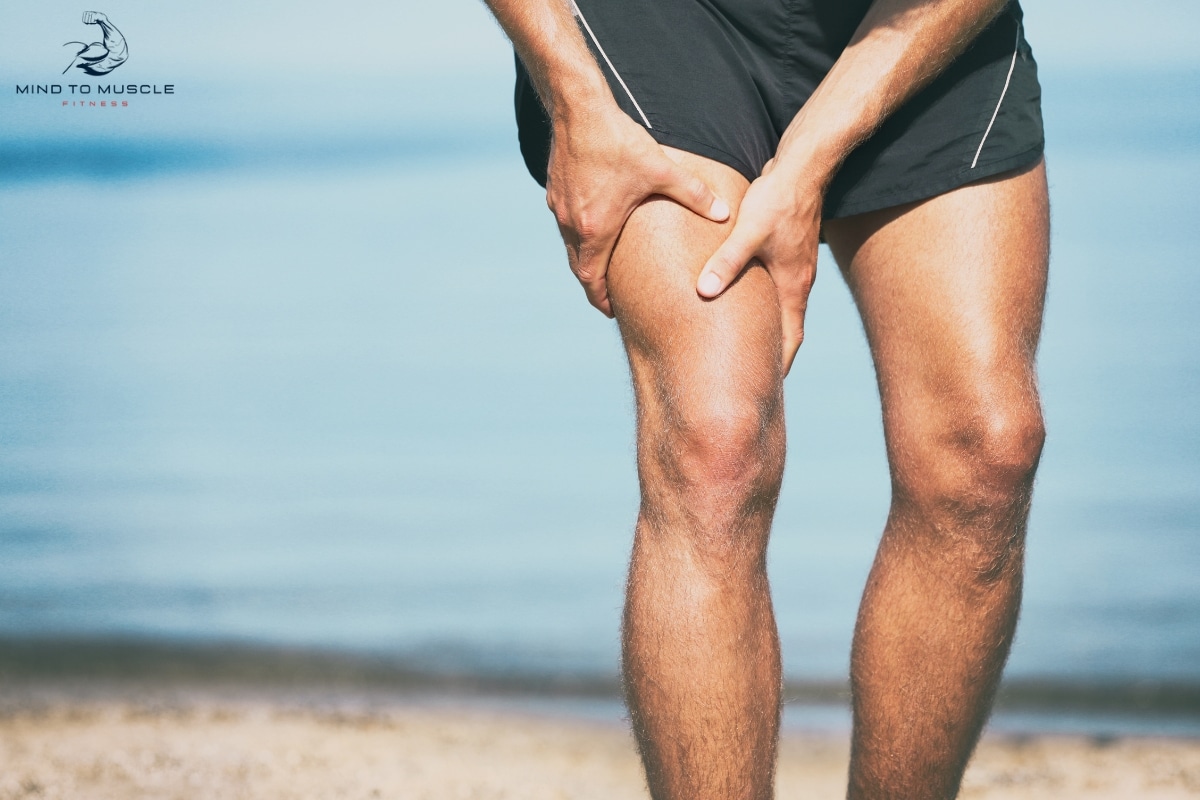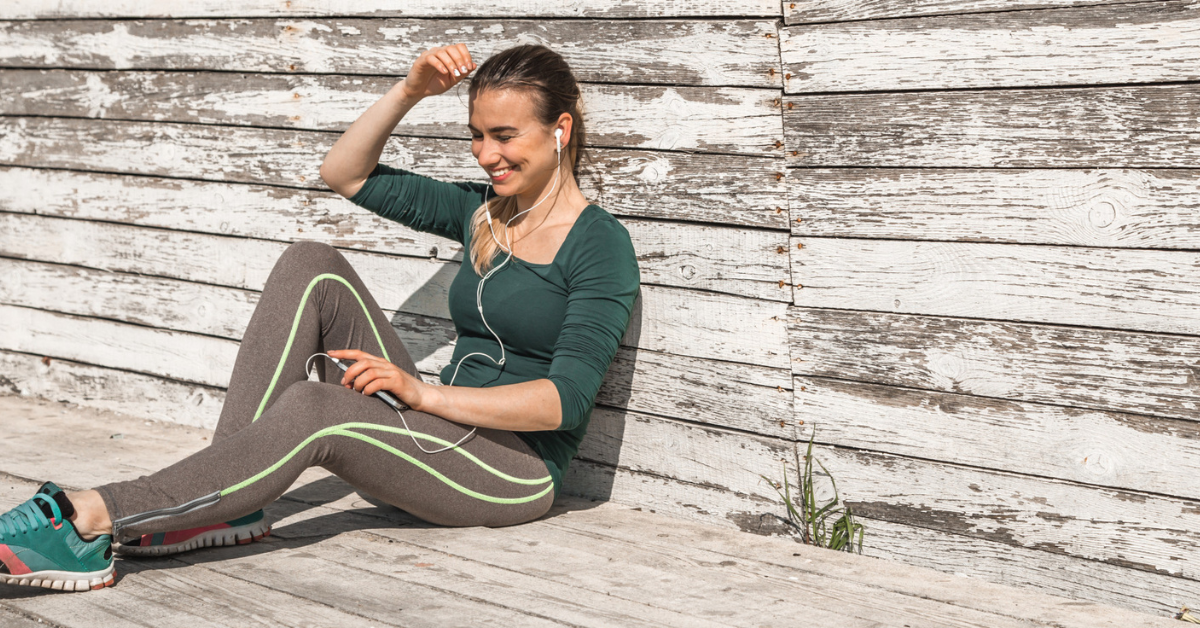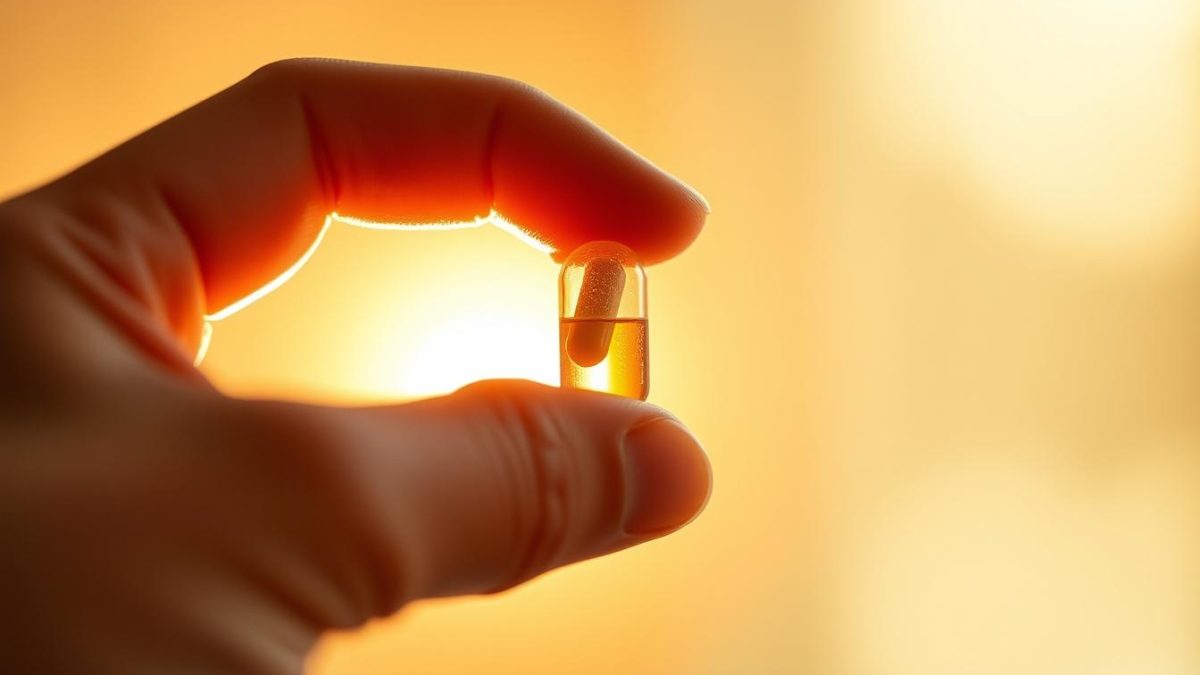
Myths About Muscle Soreness Debunked
Have you ever thought that being sore after a workout means you pushed yourself hard enough? This idea is very common. People often say, “If it doesn’t hurt, you didn’t work hard.” But does feeling sore really show that your workout was effective?
We’re going to look at common myths about muscle soreness. By clearing up these myths, you’ll learn how to get the most out of your recovery and progress better. So, let’s get into it.
Key Takeaways
- DOMS typically appears six-to-eight hours post-exercise, peaking at 24 to 48 hours.
- Symptoms usually start to wane by 72 hours, though this can vary.
- Soreness is not a reliable indicator of muscle adaptation or growth.
- Genetic differences affect how individuals respond to muscle soreness.
- Effective recovery methods include sports massage, foam rolling, and proper nutrition.
Understanding Muscle Soreness: The Basics
Learning about muscle soreness is key for better workouts and recovery. It helps us tell muscle soreness facts vs myths apart. This way, we can stop preventing muscle soreness myths from messing up our goals.
What Causes Muscle Soreness?
There are two main reasons for muscle soreness. First is DOMS, which kicks in 24 to 48 hours after you’ve pushed yourself. It’s caused by tiny tears in the muscle fibers. As they heal, muscles get stronger, but it can be painful. Then, there’s immediate soreness caused by lactic acid build-up. This happens when the body makes energy without enough oxygen. This type of pain is often felt after anaerobic exercises.
Muscle Soreness vs. Injury
Telling normal muscle soreness from injury is critical. Muscle soreness means your body is adapting and growing. However, injuries are more serious and need medical attention. Unlike sore muscles, injuries cause sharp pain, swelling, and limit your movement. Knowing these signs helps you decide if you should rest or see a doctor.
Here’s a helpful comparison to remember:
| Muscle Soreness | Injury |
|---|---|
| Gradual onset after exercise, peaking around 24-48 hours | Immediate or rapid onset during or after activity |
| Dull, widespread aching | Sharp, localized pain |
| Subsides within a few days | May persist or worsen, needing medical intervention |
Knowing the difference between muscle soreness facts vs myths can make you better at working out. It keeps you healthy too. Avoid the preventing muscle soreness myths that might slow down your progress.
Common Misconceptions About Muscle Soreness
Many think muscle soreness is a badge of honor for gym-goers. This belief leads to several wrong ideas. By clearing up these myths, we hope to improve how everyone handles their recovery.
More Pain Means More Gain
People often think the more they hurt after working out, the better their results. But, this isn’t always true. Feeling a little sore shows your muscles are adapting. But too much pain could mean you’re overdoing it or even hurt. It’s important to know when to stop and not ignore intense pain for the sake of getting better.
Muscle Soreness is Necessary for Growth
Many believe to grow muscles, you must feel sore. But studies show that’s not accurate. Real growth comes from eating well and consistent exercise. How sore you are doesn’t reflect the quality of your workout.
You don’t have to believe these myths about sore muscles. Understanding the truth can help you workout smarter and avoid injury.
| Myth | Reality |
|---|---|
| More Pain Means More Gain | Moderate soreness indicates adaptation; excessive soreness can signify overtraining. |
| Muscle Soreness is Necessary for Growth | Muscle growth is achieved through consistent training and proper nutrition, not soreness. |
Debunking Muscle Soreness Myths
Many myths about muscle soreness exist due to misinformation and outdated facts. It’s important to know what’s true about muscle soreness recovery. This helps us tell apart what’s real from what’s not.
One common myth is that feeling sore means you’ve had a good workout. But, studies have shown sore muscles don’t always mean they’re growing. What matters more is making your workouts tougher over time and keeping up a good performance. Don’t focus too much on how sore you feel.
Some people think that certain things after exercise can stop soreness completely. It’s true some methods can make you feel better. But, stopping muscle soreness totally isn’t possible. Things like staying active, drinking enough water, and eating well can help your body heal. Remember, there’s no instant fix for sore muscles.
Many think being sore after a workout means they’re getting better. However, this might not always be true. It’s vital to notice when your body is just sore and when it might be hurt. Getting through muscle soreness often means balancing rest, good form, and slowly making your workouts harder.
- Don’t just look at soreness to see progress.
- Use many ways to recover for your overall health.
- Know how to tell if you’re just sore or if you’re really hurt.
Knowing the truth about muscle soreness can help athletes and gym-goers. It allows them to choose better when it comes to recovery and training. Following a smart and balanced plan for muscle soreness helps for the long run.

Muscle Soreness Myths: Fact vs. Fiction
There’s a lot of misinformation out there about muscle soreness in fitness. Knowing the common misconceptions about muscle soreness can help you better your workout and recovery plans.
Myth: Stretching Prevents Soreness
One big myth about post-workout muscle soreness is that stretching can stop it. Stretching might make you more flexible, but it doesn’t stop muscle fibers from tearing, which leads to soreness. While stretching has its benefits, it’s important to understand that soreness is a natural part of the muscle repair process and not something that can simply be “fixed.” Instead, techniques like massaging sore muscles after workouts can be more effective in increasing blood flow and easing discomfort. Combined with proper hydration and rest, these methods can support faster recovery and help you get back to your routine sooner.
Research, like studies from the National Institutes of Health, shows that dynamic stretching lowers injury chances. But, it won’t erase muscle soreness. A good warm-up and cool-down mix of stretching and light aerobic exercises is a better idea.
Myth: Only Beginners Get Sore
Many think only new exercisers get sore, but that’s not true. Even top athletes feel muscle soreness. As your body gets used to your exercises, the soreness might get less, but you’ll still feel it sometimes.
Soreness comes as muscles repair and get stronger after stress. This process happens to everyone. So, whether you’re just starting or you’re a pro, trying new or harder workouts can make you feel sore.
Below is a comparison of stretching myths versus facts:
| Myth | Fact |
|---|---|
| Stretching prevents soreness | Stretching improves flexibility but doesn’t prevent muscle soreness |
| Only beginners get sore | Muscle soreness affects everyone, regardless of fitness level |
Effective Muscle Soreness Relief Methods
Muscle soreness can be tough to deal with, making finding ways to ease it very important. In this section, we’ll look at how to relieve muscle soreness. This will help you debunk some common myths and learn the best ways to recover from it.
The Role of Rest and Recovery
Rest is key for recovering from muscle soreness. This means getting enough sleep and taking days off from intense exercise. Pushing through without rest can make muscle pain worse. It also slows down how quickly your body repairs and strengthens itself.
Nutritional Support for Muscle Recovery
What you eat matters a lot for your muscles. A diet with plenty of proteins, healthy fats, and carbohydrates helps your body heal. Foods like lean meats, nuts, and whole grains are a good choice. Don’t forget the power of omega-3s from fish. They fight inflammation and are vital for muscle recovery.
Proper Hydration
Staying hydrated is crucial for muscle health. Water helps your body get rid of waste and prevent cramps. Good hydration also supports your cells in repairing themselves. So, drink enough water each day to feel better and reduce soreness.
Follow these important steps every day. They can help you beat muscle pain and improve your fitness. Remember, taking care of your body with enough rest, good food, and water is essential for staying strong.
Conclusion
In this article, we looked at common muscle soreness myths. They often confuse fitness fans and athletes. By busting these myths, we found out what really makes muscles hurt and how to deal with it. It’s crucial to know that feeling sore doesn’t always mean you had a great workout.
If you push yourself too hard, you may get hurt. Thinking more pain equals more gain is wrong. It can cause bad recovery and lead to injuries. By understanding the muscle soreness myths, we learn to choose better fitness habits.
A balanced approach is best for exercise, recovery, and muscle care. Drinking enough water, eating right, and resting well help muscles heal. This is much smarter than sticking to old, wrong beliefs. Let’s start using what we know to have better workouts and take care of our bodies.
FAQ
What causes muscle soreness?
Muscle soreness comes from small tears in muscles during tough physical activity. Known as DOMS, it shows up 24-72 hours later. Lactic acid build-up can also cause immediate soreness, but it goes away quickly.
How can I differentiate between muscle soreness and injury?
Normal muscle soreness feels stiff or mildly aches and fades within days. Injuries bring sharp pain, swelling, or bruises. They might stop you from using that muscle or joint. If the pain is severe, see a doctor.
Is it true that more pain means more gain?
No, this is a big myth. A lot of pain doesn’t mean your workout was great. It could mean you pushed too hard or are hurt. It’s not a sign of a good, muscle-growing workout.
Do I need to feel soreness for muscle growth to occur?
No, muscle can grow without heavy soreness. The key is to challenge your muscles steadily. Focus on making your workouts better, not on getting more sore.
Can stretching prevent muscle soreness?
True, stretching doesn’t fully stop muscle soreness. It’s still great for flexibility and preventing certain injuries. For soreness, better muscle training is the way to go.
Only beginners get sore, right?
That’s not true. Even top athletes get sore, especially when changing up their routines. It’s how the body adapts to new stresses, no matter your skill level.
What are some effective muscle soreness relief methods?
Good rest, the right food, water, and listening to your body are key. Stretching and massage can help, too. Just be careful not to overdo it if the pain is bad.
How important is hydration for reducing muscle soreness?
Keeping hydrated is essential for reducing muscle soreness. Water helps muscles get nutrients and clears out waste. Drink lots of water every day, not just during exercise.



